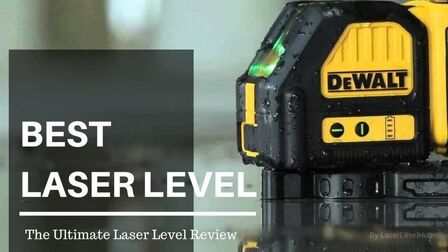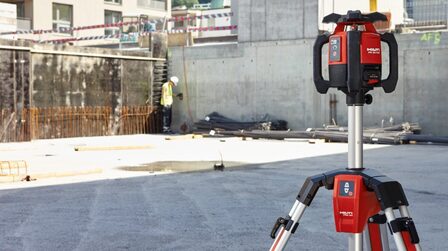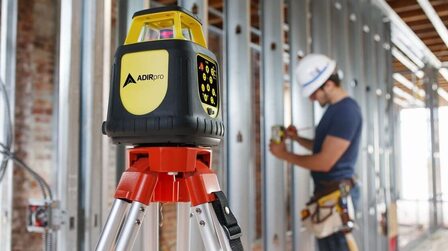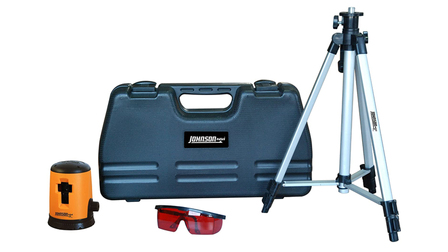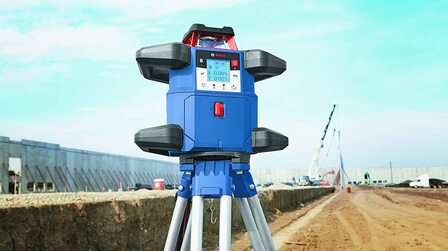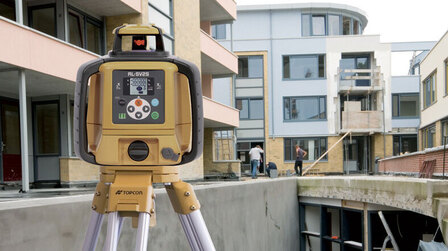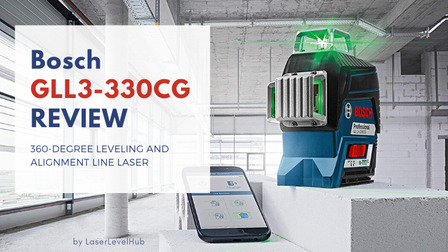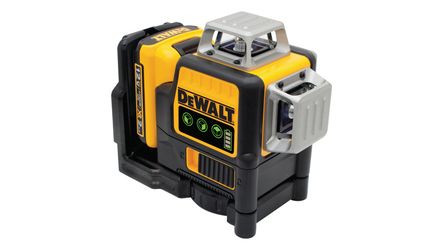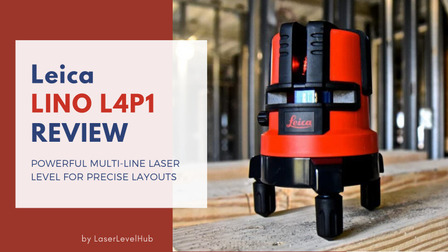Not all laser levels are created equal. When choosing a laser level, there are many factors to consider before purchasing what can serve as an incredibly useful alignment tool – if you find the one intended for your task.
Will you need a horizontal, vertical, or grading pattern projected? Is your project indoors or outdoors?
To ensure that you end up with the appropriate device, you should fully understand the nature of your project, as even top-notch laser levels are designed to fulfill certain functions and not others.
When shopping around, compare the following physical attributes of various tools with your project’s needs and make your decision accordingly.
Laser Level Guide For Beginners
Now, take a look at Laser Level Buyer's Guide Infographic below which will help you to determine various types and common uses of laser levels both in home remodeling and construction

Types Of Laser Levels
Laser levels are classified into three categories, each of which functions differently and has a different application.
Dot Lasers
The most basic type is called a fixed point laser level, or a dot laser level, and is typically used for more simple and infrequent construction tasks around the house.
Once firmly attached, this kind of laser level casts a dot of light on a surface, which can be moved by shifting the tool’s head.
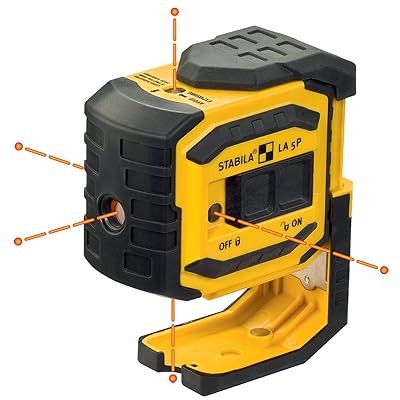
Line Laser Levels
If your project requires alignments on both the horizontal and vertical planes, you should purchase a line laser level, which is fixed on a surface or a tripod to project vertical and horizontal cross-lines.
This laser level tool is not mobile and needs to be manually moved from one point to the next to change the projected lines.
Advances in technology have rendered line laser levels easier to set up and less expensive, but they remain costlier than the fixed point laser level and tend to be more durable.
Click here to read my latest line laser level reviews
 PLS 4 Laser Level: A Combination of Dot Laser and Line Laser
PLS 4 Laser Level: A Combination of Dot Laser and Line LaserRotary Laser Levels
Finally, the rotary laser levelis recommended for large site, complex projects that require very precise measurements at specific distances.
Set on a compatible tripod, the rotary laser level functions with a rotary motor that revolves lines of light around the entire area.
Click here to choose the best rotary laser levels

The Range of Laser Beam
Pay close attention to the range of the laser level, which depends on the space you intend to level. A beam projected beyond its range loses accuracy and will be useless for leveling purposes.
Laser Brightness And Color
Outdoor or bright light indoor construction projects necessitate greater strength and visibility of the laser beams used for leveling.
In this case, you should consider finding a laser level with a green beam as opposed to one with a red beam, which is more commonplace and generally less expensive than the green-beamed levels.
For the vast majority of indoor tasks, a red beam suffices. Be wary of heavily discounted laser levels, as the laser beam may be too dim to make out even in low lighting and especially because the tool is likely to be less durable.
Other Factors
The frequent laser level user should always look for levels with a proven standard of durability since a flimsy tool could slip off of its mount and break immediately.
A long battery lifewill save you a great deal of frustration in your work.
Make sure to also check the mounting ability of the laser level you purchase and plan accordingly; some levels are magnetically mounted and can only be fixed upon iron surfaces, whereas others have multiple options.
Whether you choose a tool that levels manually or automatically depends on your expertise and patience. The self-leveling function of automatic laser levels can save the workman a fair amount of time, though some professionals prefer to have both options in the same device.
Having identified what applications you need in your tool, you can now compare laser levels with similar features for their accuracy and prices.


